Turn an image into a playable game with AI.


San Francisco-based startup Magic AI just secured more than $100 million in funding to develop an AI software engineer, which it sees as a milestone along the path to artificial general intelligence (AGI).
The background: Everything we see and do on our devices starts as code, and traditionally, that code was written by trained software engineers. In 2021, OpenAI disrupted this paradigm with CODEX, an AI that can write computer code in response to prompts written in natural language.
CODEX became the basis for GitHub Copilot, a tool that speeds up programming by generating new code in response to prompts, auto-completing code an engineer has started writing, and more. This can speed up programming by an average of 55%, and more than a million developers have used GitHub Copilot since its release in 2022.
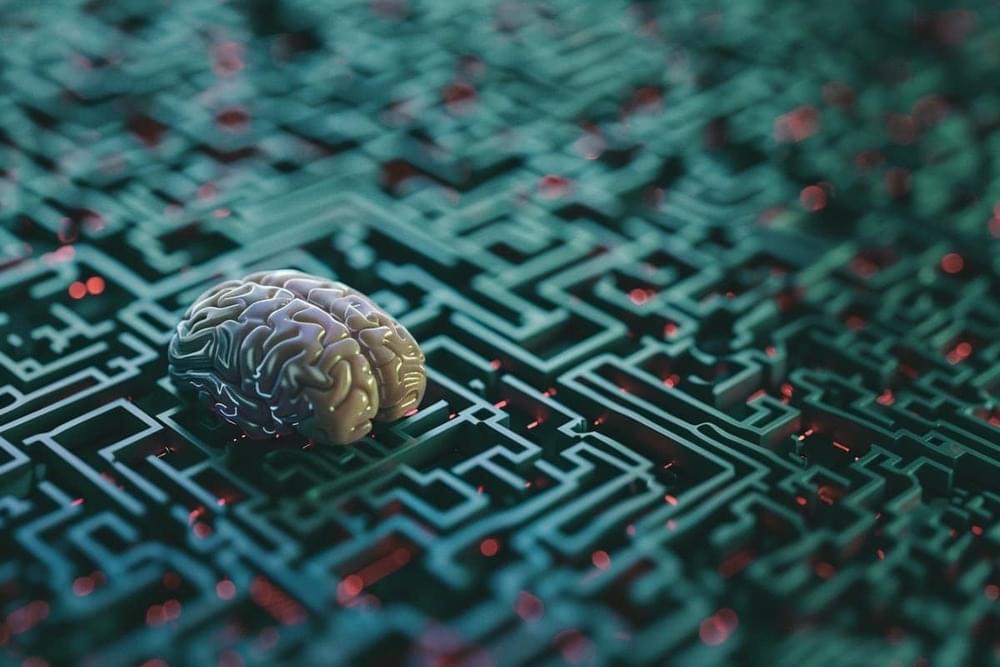
Summary: A new study combines deep learning with neural activity data from mice to unlock the mystery of how they navigate their environment.
By analyzing the firing patterns of “head direction” neurons and “grid cells,” researchers can now accurately predict a mouse’s location and orientation, shedding light on the complex brain functions involved in navigation. This method, developed in collaboration with the US Army Research Laboratory, represents a significant leap forward in understanding spatial awareness and could revolutionize autonomous navigation in AI systems.
The findings highlight the potential for integrating biological insights into artificial intelligence to enhance machine navigation without relying on GPS technology.
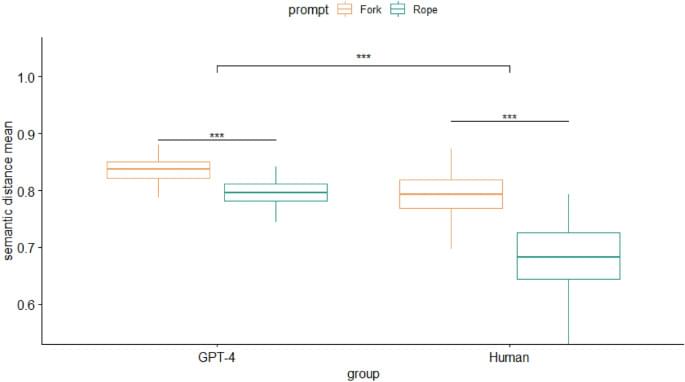
Hubert, K.F., Awa, K.N. & Zabelina, D.L. Sci Rep 14, 3,440 (2024). https://doi.org/10.1038/s41598-024-53303-w.
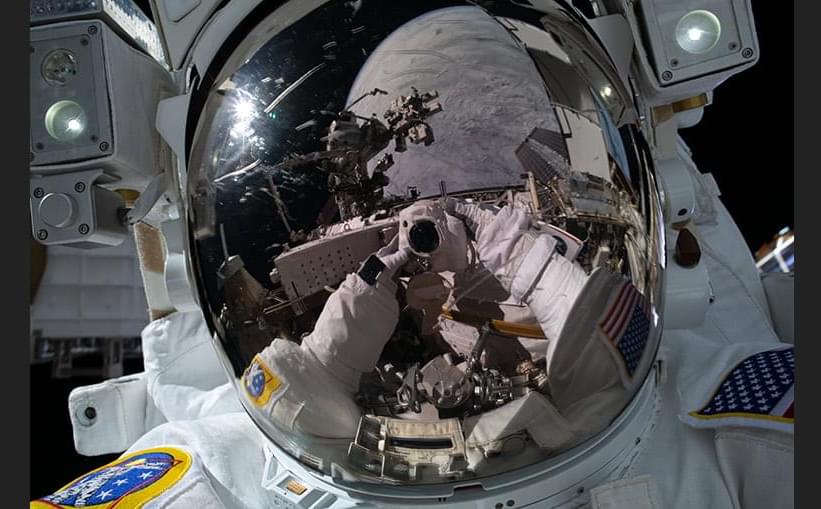
The Expedition 66 crew continued preparing today for the first of two spacewalks set to begin next week to continue upgrading the International Space Station’s power system. Vein scans were also on Thursday’s schedule helping scientists understand how living in space affects the human body.
NASA Flight Engineers Kayla Barron and Raja Chari are set to switch their U.S. spacesuits to battery power at 8:05 a.m. EDT on Tuesday and spend six-and-a-half hours installing a modification kit on the space station’s Starboard-4 truss structure. The new hardware will enable the upcoming installation of a third roll-out solar array increasing the station’s power output and augmenting the existing solar arrays.
The duo was joined by fellow station astronauts Tom Marshburn of NASA and Matthias Maurer of ESA (European Space Agency) for a spacewalk procedures review and conference with specialists on the ground. Marshburn and Maurer will assist the spacewalkers in and out of their spacesuits, operate the Canadarm2 robotic arm, and monitor their external activities. Mission managers will talk about the spacewalk, as well as a second one planned for March 23, live on the NASA TV app and the website on Monday at 2 p.m. NASA TV begins its live spacewalk broadcast on Tuesday at 6:30 a.m.
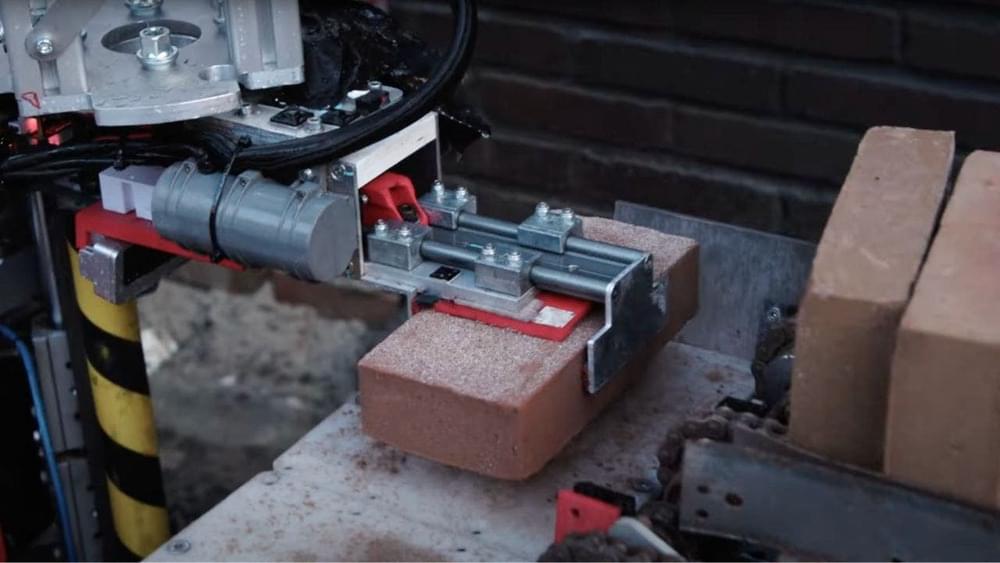
Bricklaying robots are not looking to steal jobs but fill a labor shortage.
Imagine being a bricklayer.
How much does the bricklaying robot cost?
Monumental’s robots are much more affordable than conventional ones, costing only $25,000 per unit. But Monumental does not sell its robots; it sells its brick-laying services. It charges by the brick, just like human masons in Europe, and at a similar rate.
It also provides a human mason to supervise the robots and handle the tasks they cannot do. However, Monumental’s bricklaying robots can work faster than humans by forming swarms, which is not feasible with the human labor shortage.
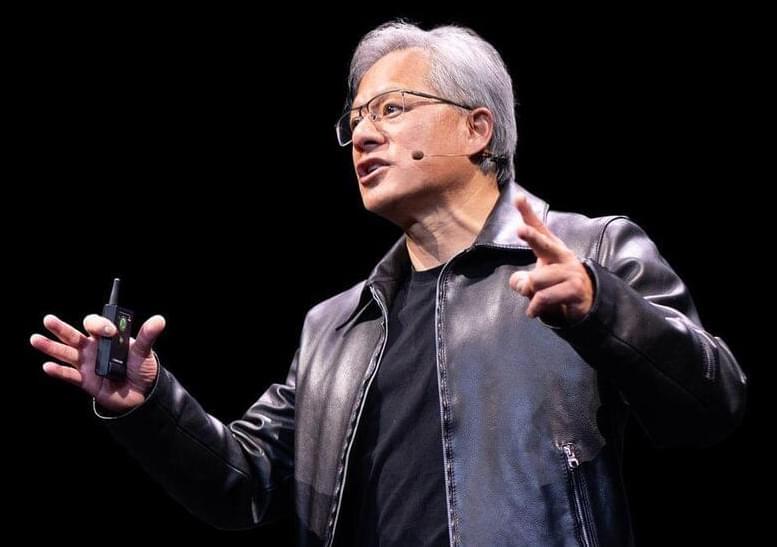
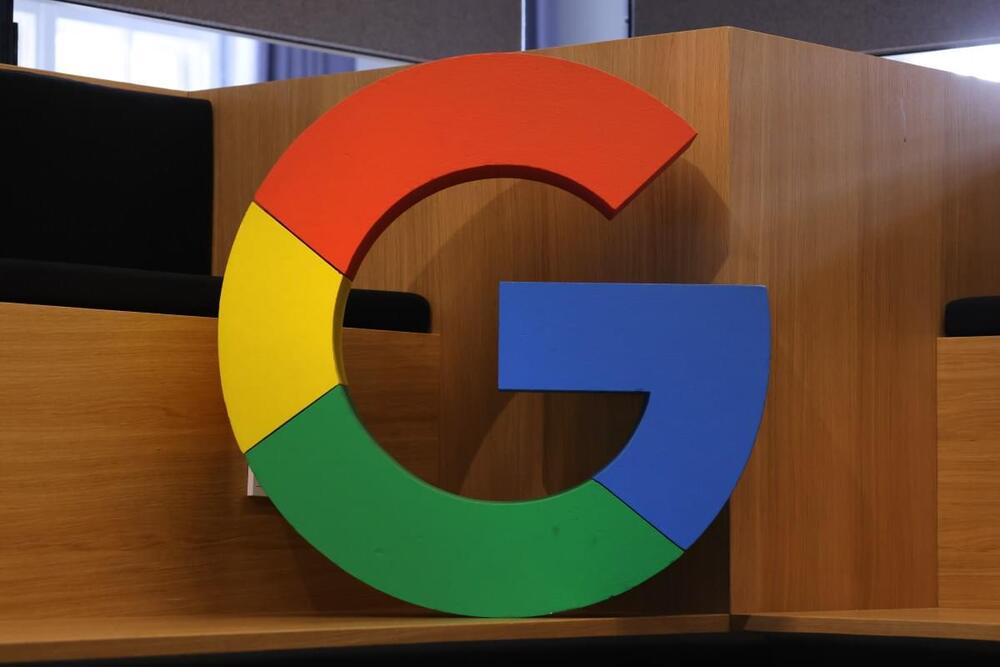
Google’s Gemini implementation for AI image generation is facing a lot of criticism. But that isn’t stopping the search and mobile giant from riding the AI wave and rolling it out to more of its services. Today, Google announced a new set of features for phones, cars, and wearables — using Gemini to craft messages, AI-generated captions for images, summarizing texts through AI for Android Auto, along with access to passes on Wear OS.
The new features were unveiled at Mobile World Congress (MWC) in Barcelona — an event where Google, as the company behind Android, has figured strongly for years.
The company said that starting this week, Google Messages will get a feature that lets you access Gemini in the app. The feature is currently in beta and only supports English.
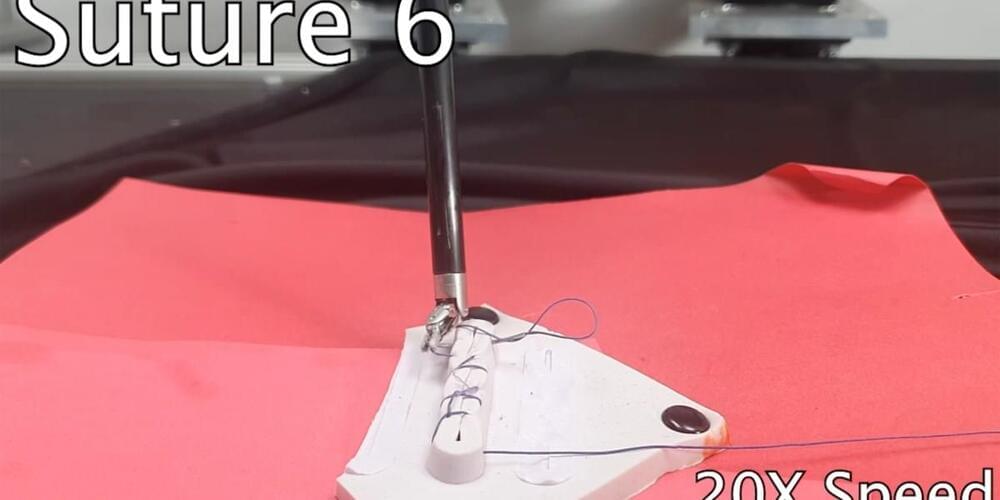

I use Blackmagic Design’s Davinci Resolve for editing 4K and above video. If you have edited video you experience glitches that can be solved with answers. OpenAI has this chatbot that is a Davinci Resolve expert, that can answer your questions when problems arise. This is pretty cool indeed.
Friendly DaVinci Resolve expert, guiding users with easy-to-understand advice and forum insights.